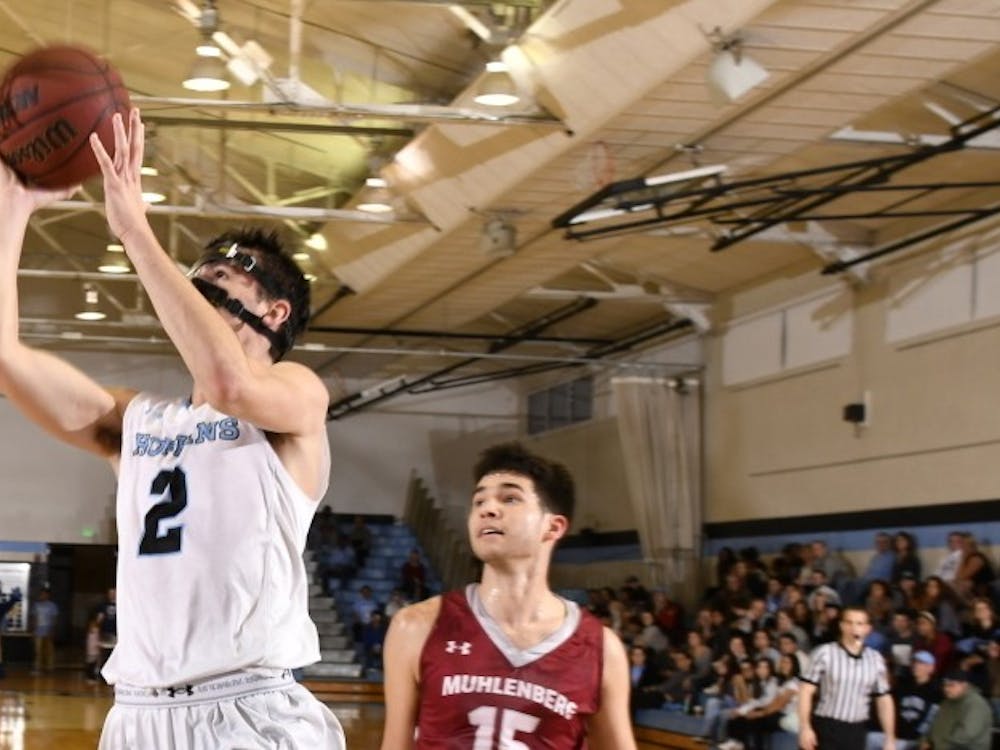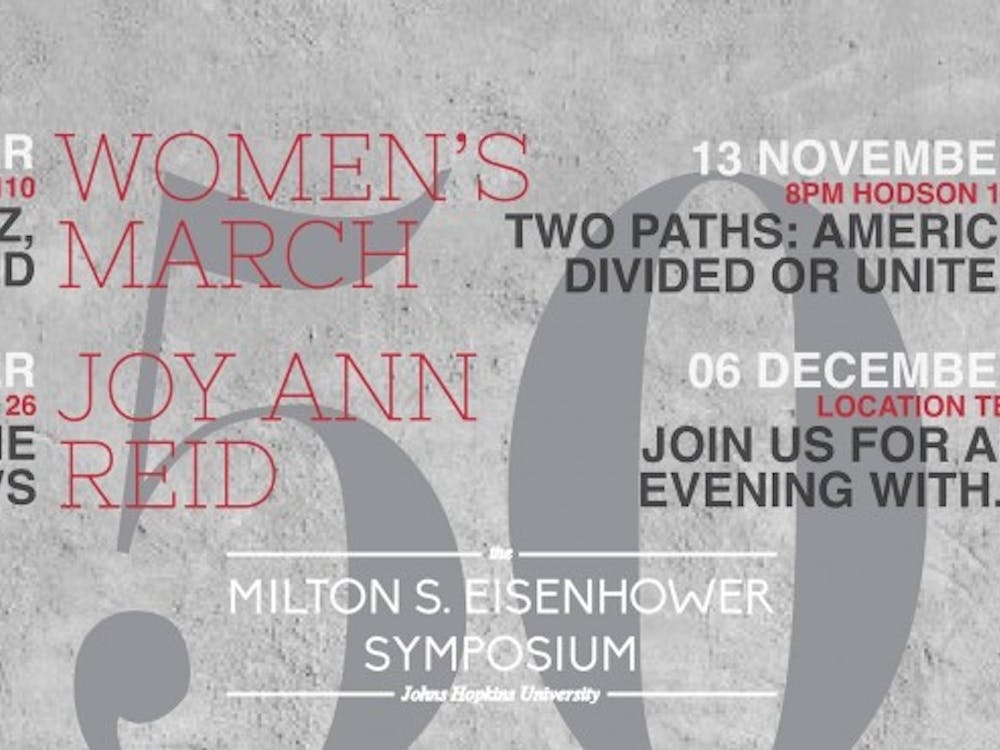The Filipino Students Association (FSA) hosted its annual Filipino Culture Night in the Glass Pavilion last Saturday.
The aim of the event was to raise awareness of Filipino Culture at Hopkins.
The program included traditional Filipino dances, such as Binasuan (dancing while balancing drinking glasses), Tinikling (dancing with bamboo poles) and Sayaw Sa Bangko (a Filipino bench dance).
Other groups that performed were the Chinese Lion Dance Group, SLAM! and the Breakdancing Group.
FSA also performs at other events, such as the Culture Show, but this was a chance for the organization to solely highlight the culture of their student body.
“We want to highlight the best things about Filipino culture so we have one big event. We showcase great food and great dances . . . I feel like this culture night was a good way for people to know more about our culture since we’re such a tiny group,” Angela Aherrera, president of the Filipino Students Association, said.
The Filipino culture at Hopkins is not mainstream, according to Aherrera.
“Not too many people know about it. I guess the only thing they know about it is Tinikling, the bamboo stick dance, and lumpia, the spring rolls. That’s pretty much all they remember.”
Freshman Natasha Senn, who attended the event for the first time, thought that she gained more insight into the dances of the Filipino culture.
“Mostly it was interesting to learn about the different types of dancing they have in their culture like the bench dance. I had never seen or heard of it before. The bamboo pole dance I had seen before but I never knew where it originated from,” Senn said.
Such a large scale event was difficult to organize with a membership of only about 20 people.
“There are very few Filipinos. Very few active members as well. So this whole event really took a lot of people pulling strings and getting more people to join, and not necessarily only Filipino people,” Aherrera said.
Getting the money to put on the event was the first obstacle facing the group; finding transportation to bring supplies was the second. Hopkins allows student groups to get reimbursed for their efforts but it was a slow-going process, according to Aherrera.
The group also had to construct the benches used in the bench dance themselves. Coordinating dance practices was also difficult because of all the schedule conflicts of the dancers. Reserving other dance groups to perform also had to be done well in advance — some were booked as long ago as Feb.
This year, the group chose not to have the event catered, meaning that group members had to spread the word to bring food via word-of-mouth. The money was spent instead on decorations like banana leaf place mats and decorated centerpieces; a crucial buy was that of a lechon — a whole roasted pig.
Despite the decision not to cater, the students found that the food this year was actually better then any other year.
“The food was by far better than any other year and the entertainment was a lot better too,” Verduzco said.
Despite some programming hiccups, Cecilia Higgs, a senior majoring in public health, thoroughly enjoyed the event.
“I think everything was organized. They had enough food for everyone surprisingly. Everything seemed to be organized and put on well,” Higgs said.
Senn, who is a quarter Chinese, Indonesian, British and Swiss came to the event because she enjoys Asian culture and food.
“The beginning was a little slow to start but that’s happened to events that I’ve helped organize as well so I think that’s just sort of getting everyone on the same page of what performers are starting their performances, but other than that, it was really good,” Senn said.
Aherrera transferred here from Boston University where there were about 70 members in its respective FSA.
Even though there are fewer Filipinos at Hopkins, Aherrera said that she still feels like Filipinos are adaquately represented on campus.
Aherrera also feels like the administration could do more to improve the culture here at Hopkins by having a more evenly distributed number of ethnicities here.
About 21 percent of the undergraduate population at Hopkins is Asian, but Aherrera feels like having more of other ethnicities would increase the cultural diversity at Hopkins.
“I feel like it would have been better if there were more,” Aherrera said.
















